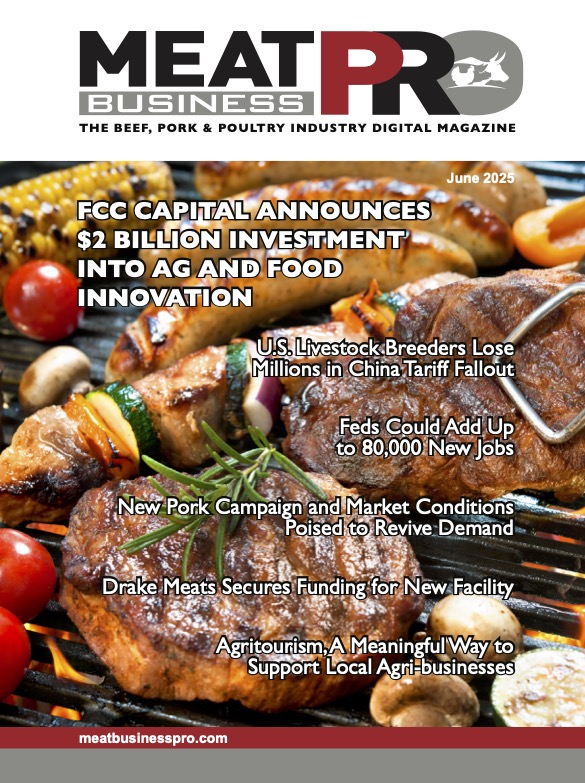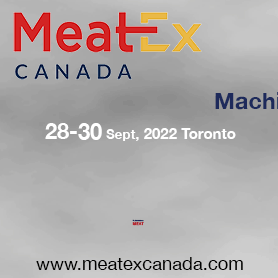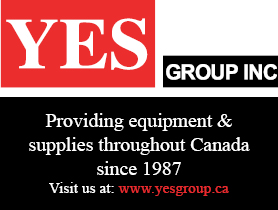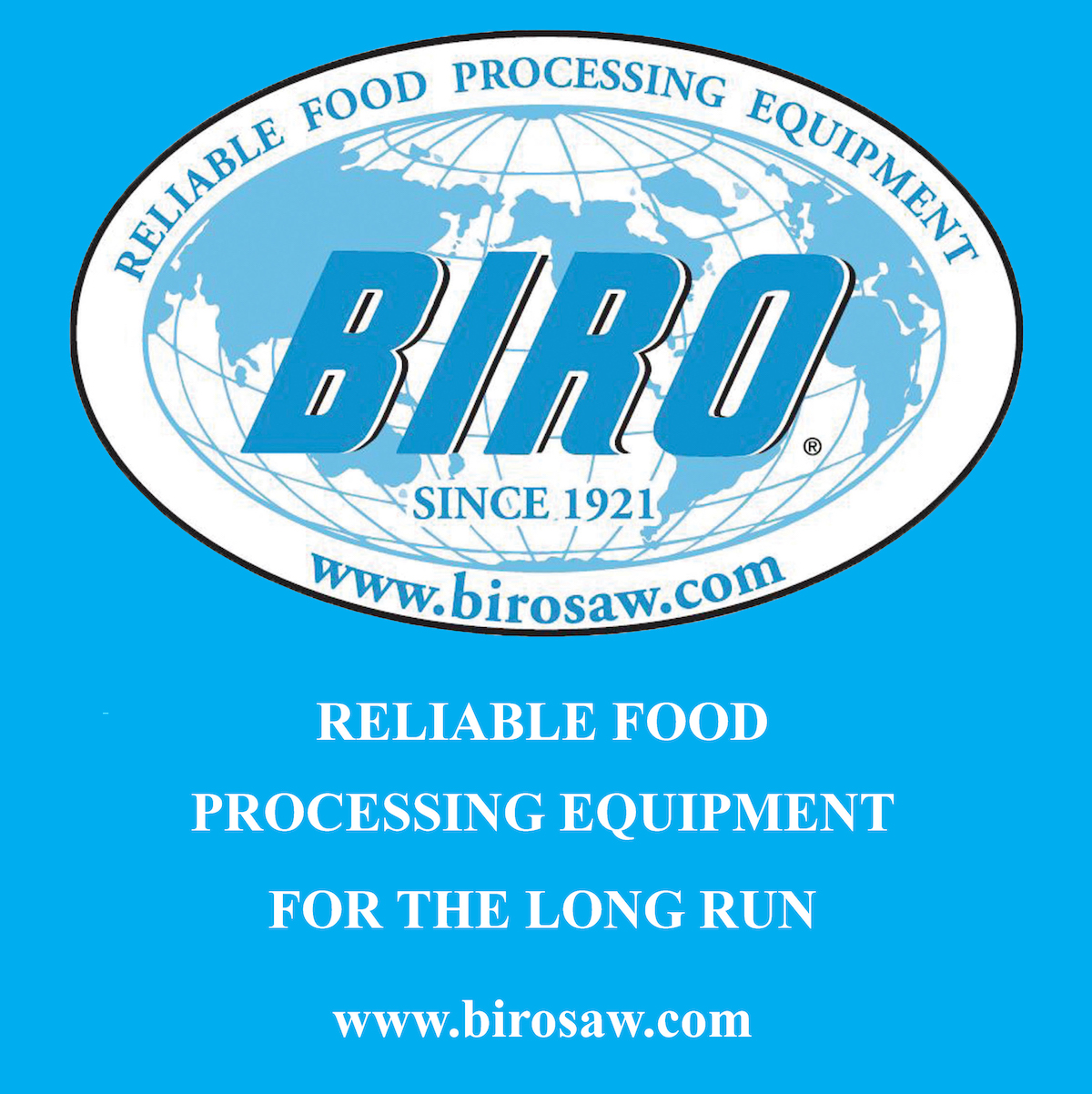Such strong prices will keep cow-calf profitability above breakeven throughout the remainder of 2022, while strength in feed costs and current packer “congestion” will continue to pressure feedlot profitability. The year’s margins are expected to be better than their respective 5-year averages for cow-calf operations and considerably weaker for feedlots, which should finally find some relief in 2023.
Hog margins are forecast to be mixed throughout the outlook period. Isowean margins in the east and west will remain below their 5-year averages this year, while farrow-to-finish operations’ margins will best their 5-year averages. Eastern farrow-to-finishers won’t quite reach the positive margins of their previous 5-year average, but they’ll be well above breakeven.
However, globalized inflation has raised headwinds to Canada’s livestock sectors with high feed costs and the possibly reduced global demand for meat. That’s influencing the current basis in Western Canadian cattle markets, as U.S. packers face limited supply from a shrinking herd and early drought-induced marketings.
At the same time, according to Anne Wasko, Canadian packers can’t get current. In the third quarter, slaughter numbers are down, and plants aren’t working to capacity as packers face challenges to move the beef along. Not even the highly supportive CAD can offset the influence of the supply congestion in Canada. Production is further delayed with feed costs rising faster than the loonie is falling and limited trucking available to move cattle after auctions.
In the U.S., a smaller sow herd will mean fewer farrows and a smaller swine herd overall (a 1.2% YoY fall). The USDA expects a smaller slaughter in 2022 and a second year of retracted growth in YoY pork production. Global demand for U.S. pork is expected to drop 8% YoY, and if pork supplies don’t get used, those currently strong prices may fall.

Sources: Statistics Canada, AAFC, USDA, CanFax, CME Futures, and FCC calculations





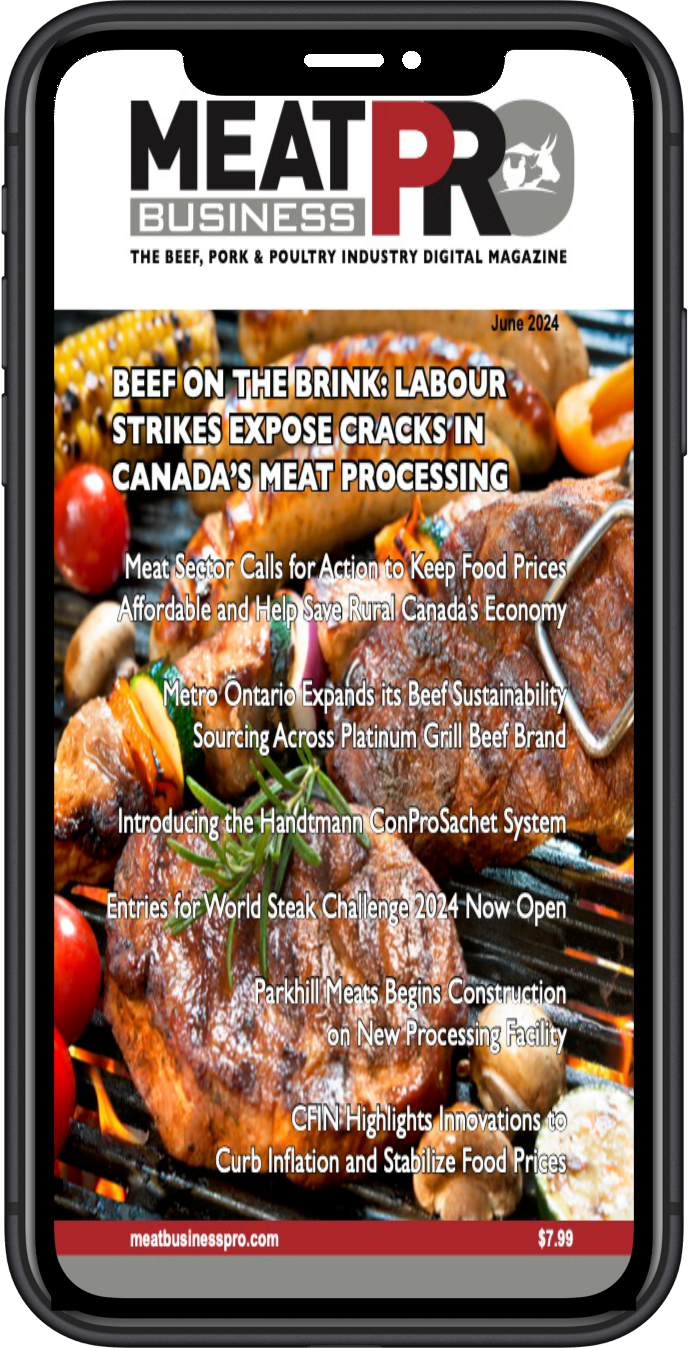

 Sources: Statistics Canada, AAFC, USDA, CanFax, CME Futures, and FCC calculations
Sources: Statistics Canada, AAFC, USDA, CanFax, CME Futures, and FCC calculations Sources: Statistics Canada, AAFC, USDA, CanFax, CME Futures, and FCC calculations
Sources: Statistics Canada, AAFC, USDA, CanFax, CME Futures, and FCC calculations Source: USDA Livestock and Poultry World Markets and Trade
Source: USDA Livestock and Poultry World Markets and Trade Source: USDA Livestock and Poultry World Markets and Trade
Source: USDA Livestock and Poultry World Markets and Trade